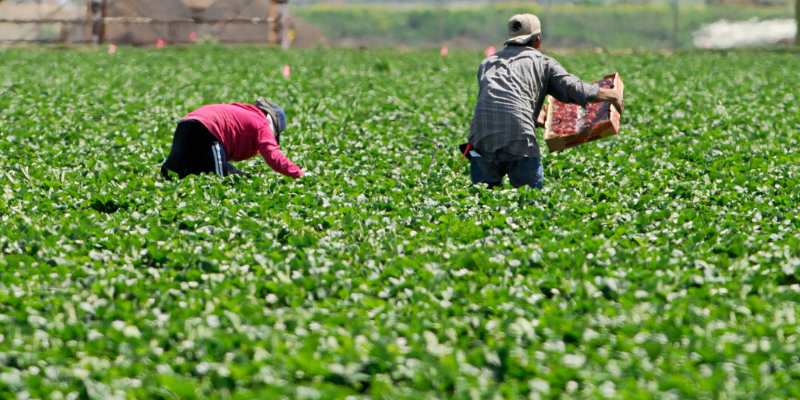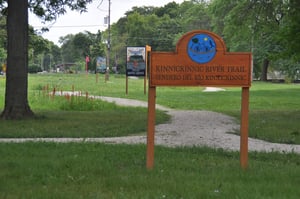Safety First: Protecting Wisconsin's Migrant Seasonal Agriculture Workers from COVID-19
June 30, 2020 Posted by AHW Endowment

To learn more about this funded project, click here.
Each year, an estimated 6,000 migrant seasonal agriculture workers begin arriving in Wisconsin. Their arrival is a sign of spring, signaling that the growing season is about to begin and that the more than $100 billion agriculture industry in Wisconsin is about to kick into high gear.
But this year, as the industry faces continued economic woes, it is also confronting a new challenge: how to protect the workers, and the communities they call home, from COVID-19.
It’s an immense undertaking – one that needs to reach every corner and nearly every county of the state. With the support of a $322,420 AHW rapid response grant, the Wautoma-based Family Health La Clinica, Wisconsin’s leading community health center supporting migrant workers, has mounted a collaborative response.
“Our overall goal is to ensure the health and safety of workers, employers, and their communities,” says Laura Waldvogel, Family Health La Clinica CEO and chair of the collaborative response group. “We’re doing that through collaboration with a statewide, multisector group of individuals, education of employers and workers, and by providing screening and testing.”
The planning began in urgency in March, with representatives from Family Health La Clinica, employers, public health, government, and public safety joining farmworker and migrant advocacy groups in a unique collaboration. The initial planning group developed through the Wisconsin Farmworker's Coalition, and has added members as the project has progressed.
“While on some issues there’s tension between the groups, we are all unified in our intent to do the right thing for the workers, for the employers, and for the communities,” says Waldvogel.
For the workers – deemed “essential” for their role in our state’s and nation’s food supply – complying with recommended social distancing or “safer at home” recommendations may be difficult. They often live in employer-provided group housing, take group transportation to job sites, and work side-by-side with their peers during long workdays.
The workers were in need of culturally appropriate health guidance to protect themselves while employers needed support navigating the ever-evolving health and safety guidance and implement appropriate safety precautions.
The coalition’s initial work has focused on developing the information materials for workers and employers, conducting outreach to employers, and establishing guidance for workplace and housing health and safety assessments. As workers began arriving at their worksites, education and screening for exposure is provided, before they are scheduled to begin their jobs.
Leveraging federal funding through the State of Wisconsin, Family Health La Clinica was able to add COVID-19 testing to the menu of services they can provide to employers.
“When a state and a private funding entity support efforts like this to keep workers safe and keep communities safe, you see results,” says Waldvogel. “And we all benefit.”
Since kicking off the project, Family Health La Clinica staff and partners have conducted 11 workplace assessments, visited over 30 employers, and provided education and testing for approximately 1,500 workers at farms, food processing plants, housing sites, and other agricultural worksites across the state. Testing at sites with large numbers of workers has been possible through a partnership with the State of Wisconsin and the Wisconsin National Guard.
Alongside the critical health information and services they’re providing, they’ve made important discoveries that are guiding their approach today and into the future.
Through the testing provided, Family Health La Clinica has found that less than 1 percent of the current workers tested have come to Wisconsin exposed to COVID-19, which has helped shape the safety guidance needed for the workers, helping them learn how to stay healthy and safe when they arrive in Wisconsin communities where cases of COVID-19 are spreading.
The coalition has also begun work to map and track the statewide reach of migrant seasonal agriculture workers.
“We’ve been able to begin mapping the locations that our migrant seasonal agriculture workers are throughout the state, something that has never been done before,” explains Waldvogel, noting the future impact this will have on continued outreach and support for workers and employers around COVID-19, and the provision of other health services annually.
Along with continuing their focus on migrant seasonal agriculture workers through the fall harvest and into winter, the coalition is also looking at how they can support similar industries, such as Wisconsin’s dairy workers.
“We want to remove any barriers so that there’s no wrong door, and that people have what they need to stay healthy,” says Waldvogel.




